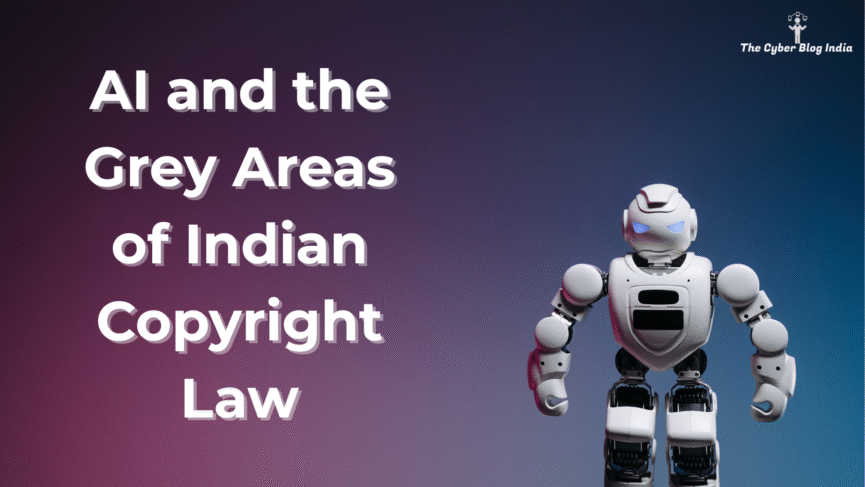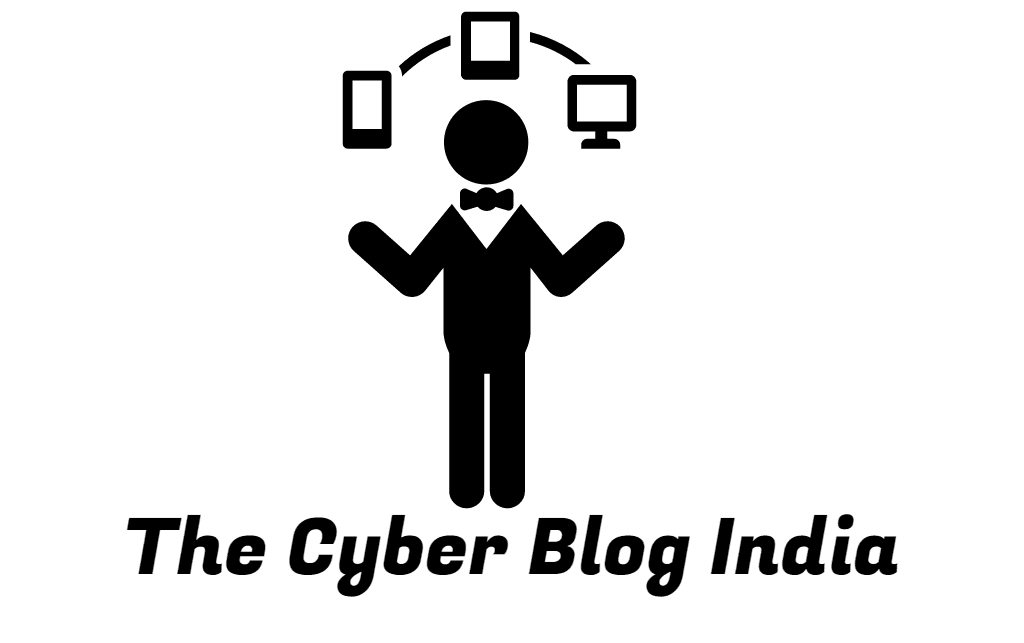AI and the Grey Areas of Indian Copyright Law

In the shadow of a very pertinent question about machines acting on their own, the current world faces an unprecedented challenge. Artificial Intelligence (AI) has evolved from mechanical automation to sophisticated learning systems. For an AI system to learn to do something, it requires access to a large number of data sets. To undertake this, a system must have access to the work and copies of the work to analyse and produce new results. This has collided head-on with traditional copyright laws that are solely designed for a world where only humans could create and become authors.
Sophisticated generative models, such as GPT and DALL-E, have demonstrated an enhanced capability of AI systems to learn and mimic human creativity. However, this progress brings us to fundamental questions:
Does training of AI systems on copyrighted materials constitute copyright infringement? Should the outputs of these systems enjoy copyright protection? And can we find a balance?
While this subject has attracted multiple lawsuits across various jurisdictions, this article aims to examine India’s unique perspective.
Intersection of AI and Copyright
This intersection of AI and copyright law is generating significant buzz globally. Various countries have started to address the implications of AI-generated content through cases and legal decisions. The first major AI case happened in the form of Thomson Reuters v. Ross Intelligence. In 2020, Thomson Reuters filed a lawsuit against Ross Intelligence claiming that it reproduced materials from Thomson’s research firm, Westlaw. The judge rejected Ross Intelligence’s defence in his summary judgment, explicitly stating that copying cannot be considered fair use. Hence, Ross Intelligence infringed on Thomson Reuters’ copyright by reproducing content from their platform. This case set a precedent on the intersection of AI and copyright law in the United States. Essentially, this establishes that editorial content created by human editors remains protected even when used for AI training purposes.
In the context of AI-generated content, the case of Sarah Anderson v. Stability AI stands out as a pivotal moment. This is one of the first collective legal actions where artists are challenging AI companies for the alleged misuse of their creative works. The plaintiffs alleged that these companies unlawfully scraped billions of copyrighted images, including their artwork, for training AI models. They challenge the use of their works for AI training, without consent, credit, or compensation.
According to a US Copyright Office Report, work created solely by AI is not copyrightable. However, works that combine human creativity with AI can receive copyright protection, provided there is a sufficient amount of human expression in the work.
The Indian Context
Section 13(1) of the Copyright Act, 1957 elaborates on the subject matter in which copyright subsists throughout India. It lists original literary, dramatic, musical, and artistic work, along with cinematograph films and sound recordings. Notice how the word ‘original’ is a necessary requirement for literary, dramatic, musical, and artistic works. But what does originality mean in this context? While there is no definition of originality in the Indian context, the concept has evolved significantly through court decisions over the years. The courts have essentially established a test, similar to what has been happening in other jurisdictions. The following sections discuss these developments and the evolution of the jurisprudence on the concept of originality.
1. The Sweat of the Brow Era
Before 2008, Indian courts followed the “sweat of the brow” doctrine, essentially borrowed from English law. This doctrine requires investment of sufficient labour, skill, and capital into a work for it to qualify for copyright protection. It focuses entirely on the efforts that went into creating the work, rather than the creative input. As per this doctrine, compilations with minimal creativity could receive protection if they demonstrated substantial effort. For instance, in the case of Gopal Das v. Jagannath, the court granted copyright to a compiler for extending sufficient labour and correction to produce an original result.
2. The Skill and Judgement Era
The turning point in the evolution of originality in India happened with the case of Eastern Book Company v. DB Modak (2008). In this case, the Supreme Court deliberated on whether copy-edited judgments of the Supreme Court qualified for copyright protection. The court had to decide whether simply applying labour and capital to edit judgments was enough to claim copyright. The court rejected the pure application of the sweat of the brow doctrine, thereby adopting an intermediate approach similar to Canadian law, as happened in the case of CCH Canadian Ltd. v. Law Society of Upper Canada. The court held that “skill and judgement” must be established. It is not just about hard work anymore, and there needs to be some exercise of skills and judgment that gives the work a distinct character.
Reproduction and Adaptation Rights
Section 14 of the Copyright Act, 1957, grants the copyright owners exclusive control over their work. Indian courts determine infringement by applying the substantial similarity test. This test states that an infringement occurs if a viewer gets an unmistakable impression that a subsequent work is a copy of the original.
An AI model producing an output that is identical or substantially similar to a single work can happen in limited cases. Consider if an AI-generated output constitutes a literal or substantial imitation of any training input. It may infringe reproduction rights under Section 14(a)(i) or 14(c)(i) read with clauses (i) and (ii) of Section 51(a). Any work which does not have identical or substantial similarity is not considered a violation due to the simple fact that Indian law does not extend copyright protection to basic themes, generic storylines or an author’s style. These are considered as ideas, and ideas are not protectable.
Section 2(a) essentially covers translations, abridgements, transcriptions, rearrangements, or alterations of the original. Given this interpretation, AI-generated outputs that significantly transform an original work are less likely to infringe adaptation rights. Unlike the US, Indian law does not automatically categorise AI-generated content as an adaptation unless it is essentially the same work in a different format.
Who is responsible? Real-world scenarios
Consider Ragini, a software engineer who develops an AI system for generating literary works, such as poems. She takes reasonable precautions as any other conscious developer would. Despite this, one day, a user receives a literary work that closely resembles a famous work by Robert Frost with different wording and structure. What kind of liability will Ragini face?
Now, consider that she starts charging for the app usage and has a monthly subscription fee for the platform. From this platform, she makes a considerable profit. The users begin copyrighting the literary works they create using the platform. What happens in such scenarios? Who owns the copyright, and is copyright protection available to such works? Many such scenarios exist, which illustrate that liability for AI-generated content is not just about the technology itself, but also about human choices and actions.
Conclusion
Under the Indian copyright law, infringement at the output stage is determined by whether the generated content is substantially similar to the inputs or is a minor alteration of the original. Liability depends on various factors, including, but not limited to, the nature of AI models. As this debate continues to evolve, Indian courts will likely refine these principles further to address these concerns. The Delhi High Court’s decision in ANI Media Pvt. Ltd. v. Open AI OPCO LLC will be a significant development in the Indian context. While the case is currently being heard, the next hearing is due to happen on July 04, 2025.
